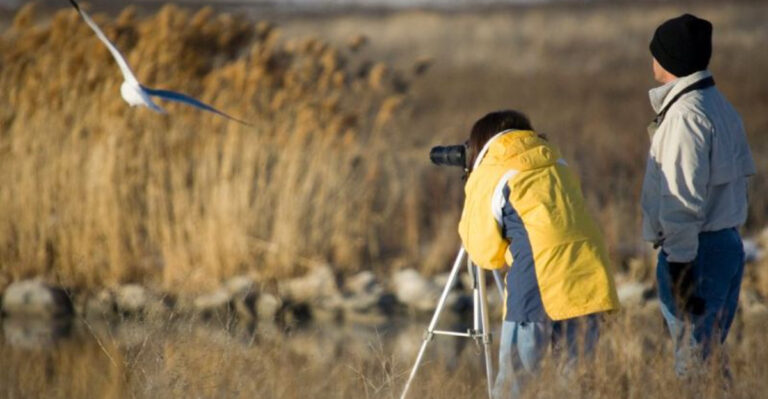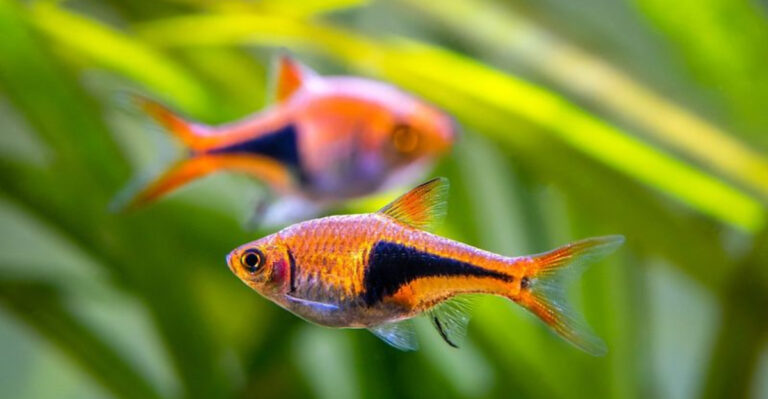How Sea Turtles Navigate The Seas Over Thousands Of Miles

Imagine swimming across entire oceans without a map, GPS, or road signs – that’s the incredible journey sea turtles make!
These ancient mariners travel thousands of miles between feeding grounds and nesting beaches with astonishing precision.
Their navigation abilities have puzzled scientists for decades, but research has revealed fascinating methods these shelled explorers use to find their way through the vast blue wilderness.
1. Magnetic Map Sense

Sea turtles carry their own internal compass based on Earth’s magnetic field. They can detect both the intensity and angle of magnetic lines, creating a natural GPS system in their brains.
This remarkable ability develops before they even hatch, allowing even first-time migrators to navigate accurately across thousands of miles of open ocean without ever getting lost.
2. Celestial Cues From Stars
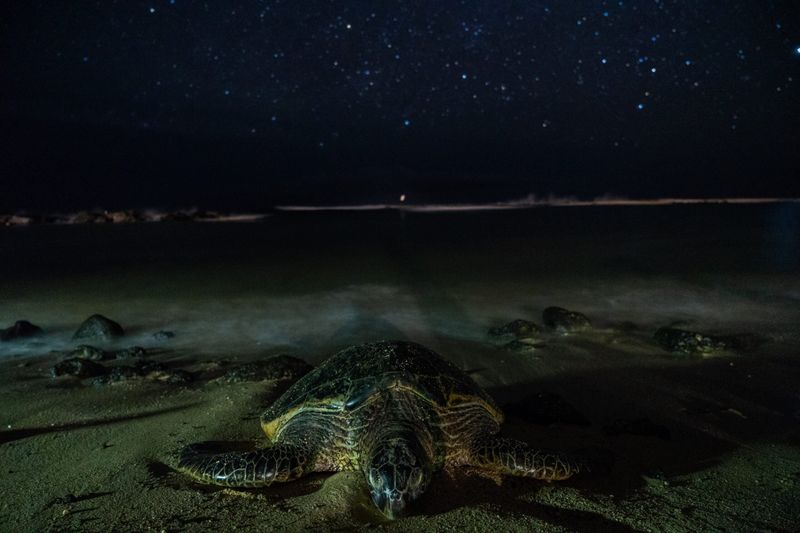
Just like ancient sailors, turtles look to the stars! They orient themselves using the position of bright stars and distinct patterns in the night sky.
Young turtles memorize the night sky during their first migration, creating a stellar map they can reference throughout their lives. This celestial navigation works even when clouds partially obscure their view.
3. Sun Compass Orientation

The sun serves as a reliable directional beacon for daytime travel. Turtles track its position and movement across the sky to maintain their course.
Their eyes contain specialized cells that analyze polarized light patterns created when sunlight passes through the atmosphere. This gives them directional information even on cloudy days when the sun isn’t directly visible.
4. Ocean Current Highways
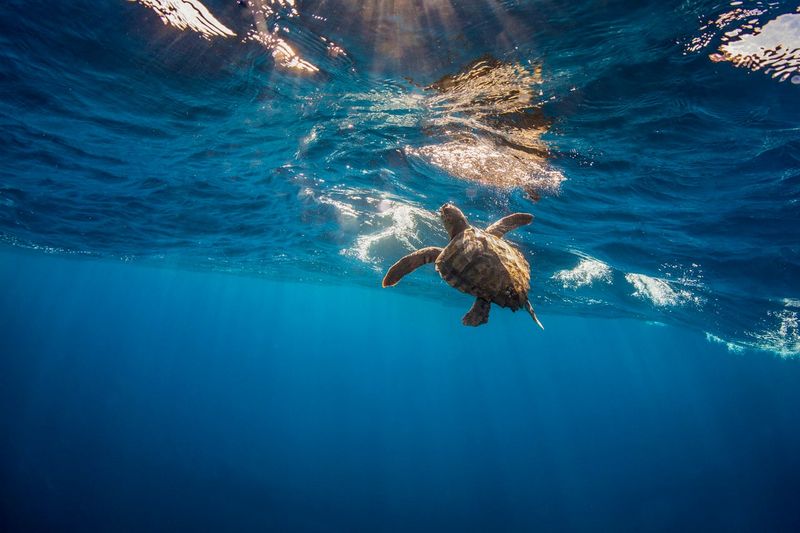
Why swim against the flow? Turtles ride oceanic currents like natural highways, saving energy while covering vast distances.
They can detect subtle differences in water temperature, salinity, and flow, helping them locate and stay within favorable currents. Young turtles often drift along major current systems during their “lost years” before actively swimming to specific destinations.
5. Chemical Scent Trails
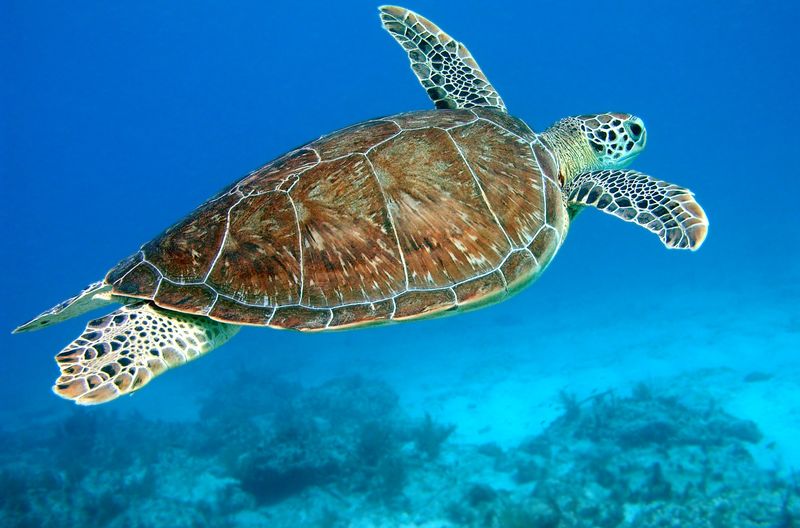
Ever followed your nose to fresh cookies? Turtles use a similar trick! Their extraordinary sense of smell detects chemical signatures from their home beaches.
Each nesting location has unique chemical compounds from algae, minerals, and local organisms. Female turtles imprint on these scents at birth, allowing them to return to their birthplace decades later to lay their own eggs.
6. Wave Direction Sensing
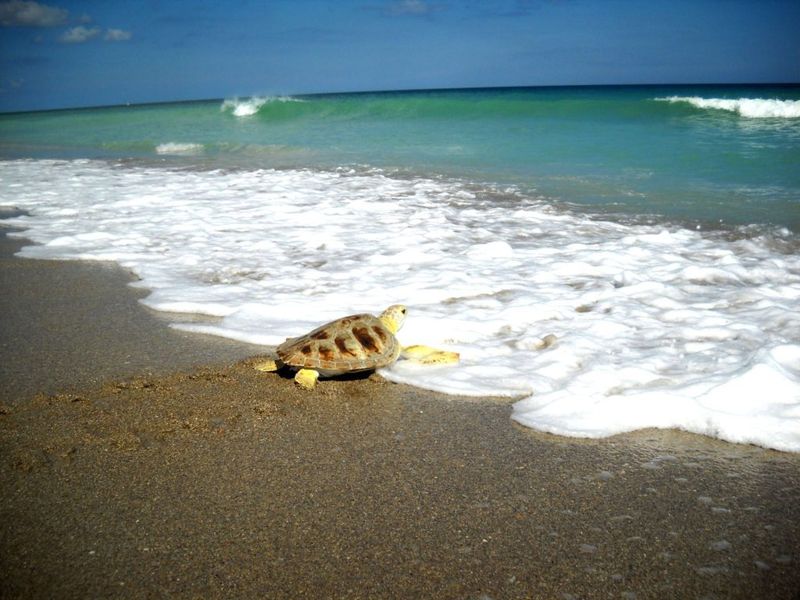
Feeling the rhythm of the ocean provides crucial navigational information. Turtles detect wave patterns and use them as directional guides near coastlines.
The angle at which waves hit the shore creates distinct patterns that vary by location. By sensing these wave movements, turtles can determine their position relative to land, especially helpful during the final approach to nesting beaches.
7. Landmark Memory

Underwater mountains, coral reefs, and coastal features serve as turtle landmarks. They create mental maps of these features during their journeys.
Their excellent spatial memory allows them to recognize familiar territory even after years away. This visual navigation becomes particularly important in coastal waters where magnetic signals might be disrupted by geological formations.
8. Infrasound Detection

The rumble of distant waves breaking on shorelines produces low-frequency sounds that travel for miles underwater. Turtles can detect these infrasound signals that humans can’t hear.
This ability helps them locate islands and continental coastlines from great distances. Each coastline produces a unique acoustic signature based on its shape, helping turtles identify specific destinations.
9. Geomagnetic Imprinting

Baby turtles memorize the unique magnetic signature of their birth beach before leaving. This magnetic imprint becomes their homing beacon for future returns.
The process happens during a critical period right after hatching. This explains how females can return to lay eggs on the exact beach where they were born, even after decades roaming the open ocean.
10. Water Temperature Gradients

Ocean temperature changes aren’t random – they form patterns turtles use like thermal roadmaps. Different species prefer specific temperature ranges for feeding and breeding.
Sensitive receptors in their skin detect even slight temperature variations. This thermosensory navigation helps them locate productive feeding areas and avoid waters too cold for their metabolism.
11. Biological Clock Timing
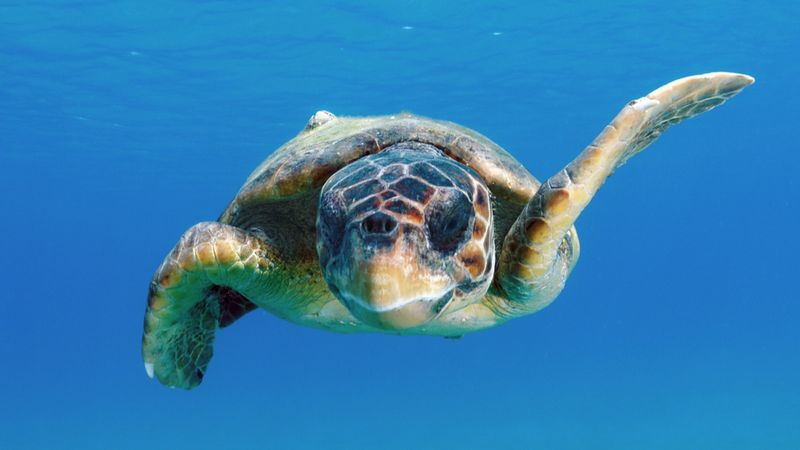
Internal timekeepers coordinate migration with seasonal changes. These biological clocks trigger hormonal shifts that prepare turtles for long journeys.
Their circadian rhythms synchronize with day-night cycles, while annual cycles respond to changing day lengths. This timing mechanism ensures they arrive at breeding grounds during optimal conditions, even when traveling from opposite sides of an ocean.
12. Pressure And Depth Perception
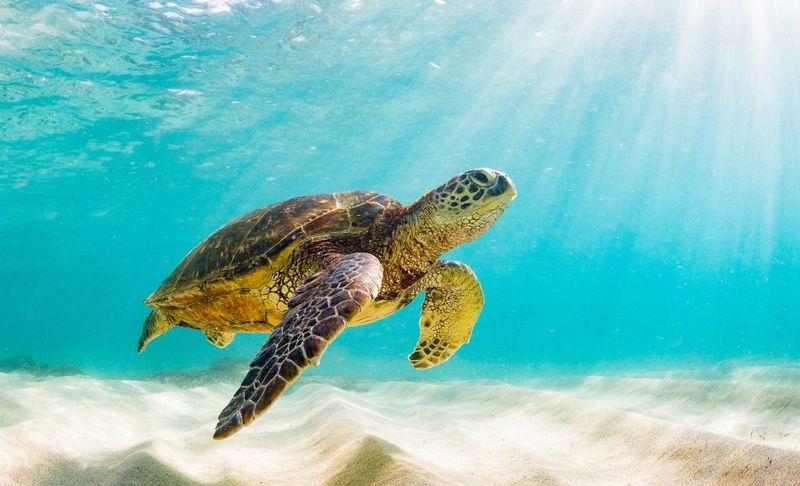
Changes in water pressure reveal valuable location information. Turtles sense these variations through specialized receptors in their bodies.
Ocean depth follows patterns that create underwater topographic maps. By monitoring pressure changes, turtles can identify underwater mountains, trenches, and continental shelves – features that help them maintain their bearings during long migrations.
13. Social Learning And Following
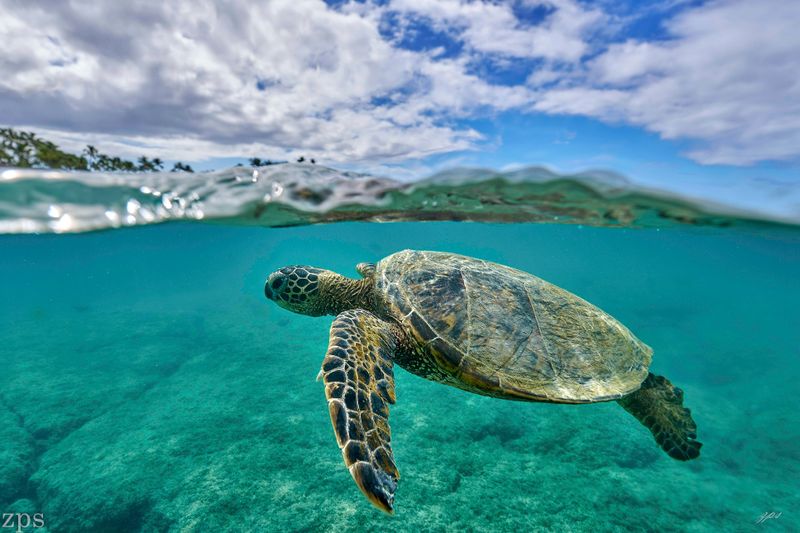
Rookie navigators sometimes follow experienced travelers! Young turtles may learn migration routes by swimming alongside veterans making the same journey.
This apprenticeship system helps inexperienced turtles develop their navigation skills. Scientists have observed groups of turtles traveling together along migration corridors, suggesting social factors might complement their innate navigation abilities.
14. Multi-Sensory Integration
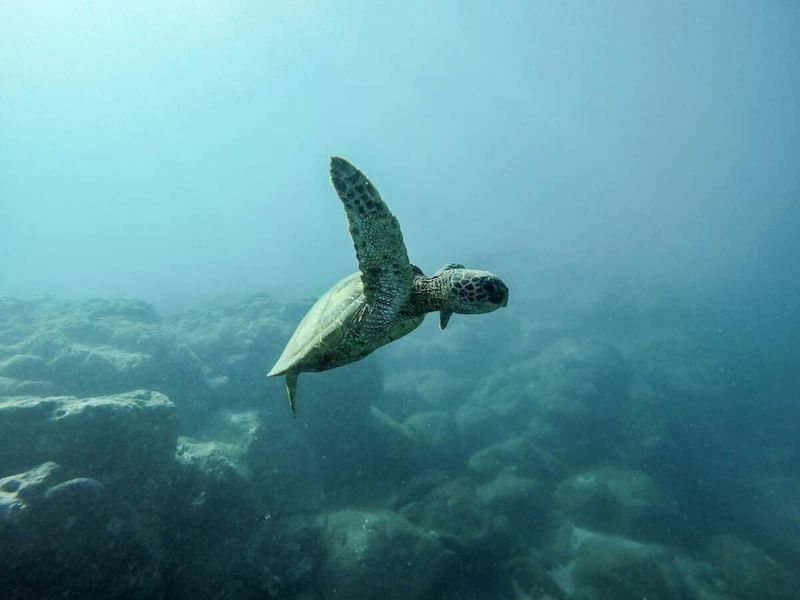
The secret to turtle navigation mastery? They don’t rely on just one method—they combine them all!
Their brains integrate magnetic sensing, visual cues, smell, and other inputs to create a comprehensive navigation system.
This redundancy ensures successful migration even when one sense is compromised. Different navigation techniques take priority depending on their location and journey stage.




